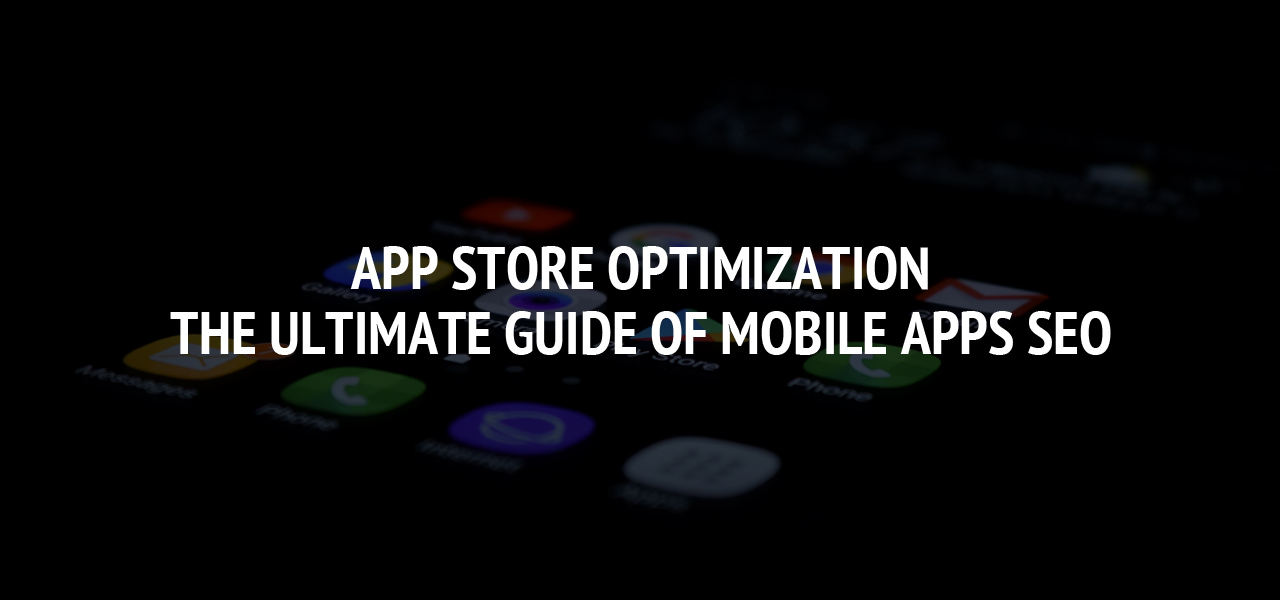Request for Proposal Definition and Examples To Help You Understand

If you're in business, chances are you've encountered the term "request for proposal" and wondered what the request for proposal definition is in your line of work. If you're still unsure about what exactly it entails and how it impacts your business operations, this article aims to define a request for proposal and help you understand.
Defining Request for Proposal

A request for proposal (RFP) is a document that an organization posts to elicit bids from potential vendors for a product or service.It specifies what the customer is seeking, outlines the required documents for submission, and establishes the evaluation criteria.
The main purpose of an RFP is to provide a level playing field, where the vendors can submit their proposals knowing all the requirements the customer has outlined. This enhances transparency in business transactions and ensures vendors are evaluated fairly.
An RFP can help build trust and rapport between customers and vendors, contributing to the longevity of their business relationship.
Underlying Factors Propelling the Need for RFP
RFPs are gaining wide acceptance in business circles. This surge in popularity can be attributed to their ability to facilitate a transparent and impartial scheme for procurement. They establish clear guidelines and expectations for prospective suppliers.
Additionally, RFPs give businesses an avenue to assess multiple suppliers simultaneously. Suppliers get to showcase how their offerings align with the customer's needs, providing them with a platform for competition.
Another key factor propelling the need for RFPs is their potential to control costs. The competitive nature of the RFP process drives suppliers to offer their best prices, thereby driving down the costs of procurement.
RFPs also promote better decision-making in business. They provide the information required for businesses to make educated decisions about their purchases.
The Structure of a Request for Proposal

An RFP usually comprises five main sections. These are the introduction, the project overview, the submission details, the selection criteria, and the project timelines.
The introduction includes a brief about the issuing organization, the purpose of the RFP, and any relevant background information. This gives prospective vendors a context for the requirement.
The project overview describes the project for which the proposal is being sought. This outlines the project's requirements, scope, desired results, and performance expectations, ensuring vendors understand what is expected of them.
Then come the proposal submission details, including where, when, and how vendors should submit their proposals. Selection criteria outline the threshold that potential suppliers must meet to be considered, and project timelines show when the project will start and end.
How a Typical RFP Process Unfolds
The RFP process begins with identifying the need for a project or service. Once the need is established, the RFP is prepared and issued to potential vendors.
Once the RFP is released, vendors can ask for clarification or further information before they submit their proposal. The company can then either answer directly or publish the responses to all potential vendors.
When all the proposals have been received, they are reviewed and compared according to the evaluation criteria. The best vendor is selected based on the compatibility of their proposal with the project's needs, the feasibility of the proposed solution, the experience, and the cost.
Once a vendor is chosen, the company communicates with all the participating vendors, and a contract is finalized. The project then proceeds.
Overall, understanding RFPs and their implications can significantly impact your business's procurement strategy. It'll lead to an improved decision-making process and relationships with vendors.
About The Author
Related Blog
View All-
App Store Optimization: The ultimate guide of Mobile apps SEO
While the number of applications that exist has exploded in recent years, Google Play and Apple Store appear as the two main application stores for mobile users. If I say "referencing", the first thing that comes to mind is certainly SEO(Search Engine ...
-
2017?s Top Android Money Making Apps That You Should Try
Are you an android smartphone user? Are you looking for making some money using different apps? You come to the right place as there are numerous android applications that allow you to make some money. With different Android money making apps, you might get confuse ...







